Festival Feasts Kazakh Horsemeat Specialties Unveiled
39 min read Explore Kazakhstan's festive tables, unveiling revered horsemeat specialties, from kazy to zhaya, origins, rituals, and serving traditions that bring Nauryz and wedding feasts to life. October 26, 2025 07:06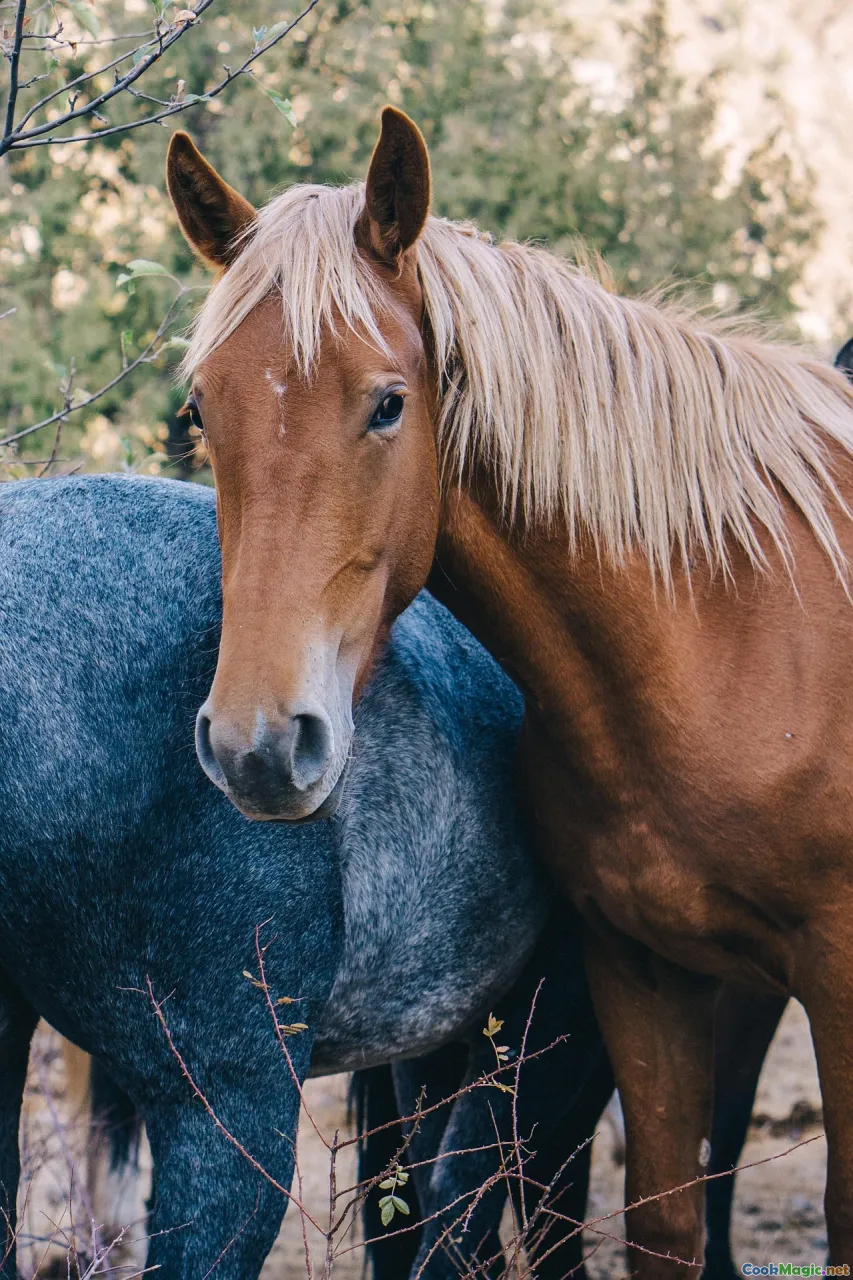
It was the aroma that caught me first—smoke and pepper, a blush of sweet fat rising from a ring of sausage glistening like dark lacquer under the tent light. Outside, the evening in the Kazakh steppe lowered into a violet hush; inside, the yurt breathed with warmth and chatter. Someone plucked a dombra; an auntie stepped past carrying a heavy copper pot of broth; a child slipped a piece of baursak, still hot with oil, into my palm. On the platter at the center of the table, horsemeat specialties—shimmering slices of qazy, bronze-edged strips of zhaya, and disks of karta with their curious spirals—waited like stars around the moon. I’d been told to come hungry. I’d come curious. And as I reached for my first piece, fingers trembling over noodles that steamed like silk, the elder next to me smiled and poured sorpa—horse broth—into my bowl with a solemnity that felt like a welcome.
Later, as the stories picked up and glasses of kumis danced a tangy line down the table, I learned there are feasts, and then there are festival feasts—occasions when the entire Kazakh tradition of hospitality, pasture, and preservation braids itself into a single table. Here, horsemeat isn’t a novelty. It’s an archive of the steppe written in flavor. And for those of us who travel with our tongues and memory, Kazakh horsemeat specialties offer a rare education in time, movement, and meaning.
The Festival Table: What Makes a Kazakh Feast?

A festival table in Kazakhstan is a geography. It maps the season—spring’s first greens and milk, winter’s smoke and fat; it maps family—elders at the head, children nudging for fried dough; and it maps memory—recipes that cross generations like herds crossing grass. At its heart sits a wide, flat platter. The platter’s surface is a stage made of noodles or breads, the meat arranged with care: rib sausages coiled in arcs, lean slices fanned like pages, and glistening morsels queued by rank. In the dance of dishes, horsemeat specialties step forward with confidence.
On festival days—Nauryz in spring, a wedding, a birth, or the visit of honored guests—the architecture of the table tells the story of the Kazakh year. Expect bowls of sorpa, broth of the meat in honor, seasoned simply with salt, cracked pepper, and a handful of herbs. Expect stacks of baursak, yeasty fried pillows ready to dunk and sop. Expect salads—bright carrots, onions, sour pickles—and jars of musty-sour kumis, fermented mare’s milk that pricks the tongue and sings through the nose. The table isn’t only food; it’s a choreography of respect. The eldest is served first. Certain cuts are offered by right to certain guests. The meat is portioned with care, bone by bone, story by story.
What makes a Kazakh feast feel like a feast is not abundance alone. It’s the care in sourcing and preserving, the patience of slow simmering, and the tenderness of serving. If you listen closely, you can hear the pastoral rhythm: smoke, salt, wind, time.
Horsemeat at the Heart: A Pastoral Palate
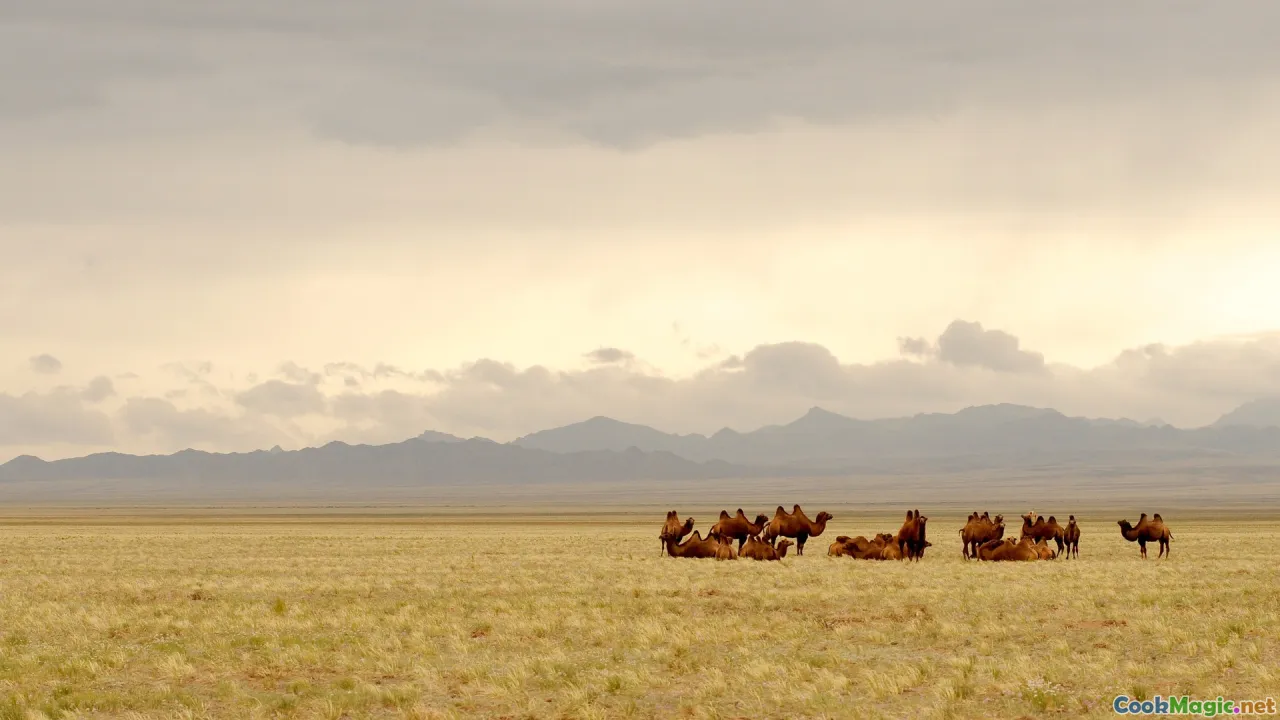
In the west, horsemeat can inspire raised eyebrows. In Kazakhstan, it inspires poetry. This is a cuisine shaped by nomadic pastoralism, by long distances and longer winters. The horse has been a companion, a mount, a machine, a milk source—and yes, a meat animal—since before recorded history in these lands. To eat horsemeat here is to acknowledge a relationship that’s practical and reverent all at once.
The flavor of horsemeat, in culinary terms, is distinct. It leans sweet—more so than beef—with a clean, iron-rich perfume that blooms with heat. A well-fed Kazakh horse, often of the hearty Jabe breed, puts on a characteristic layer of fat in autumn; that fat has a satin mouthfeel and a soft finish, never waxy like some ruminant fats can be. The meat’s grain is tight; it prefers moist heat. In the smokehouses and courtyards of villages, that meat is transformed into cured and cooked forms that suit travel and celebration alike.
Historically, curing horsemeat was about carrying summer calories into winter work. Today, it’s also about taste. The classics—qazy, karta, zhaya, and shuzhyk—span the spectrum, from crisp-smoked to long-simmered. Each cut tells you where it came from on the animal, how it was treated, and what it wants from your mouth: snap and chew, velvet and glide, broth-slick softness you can tear with your fingers.
Qazy: The Crowned Sausage of the Steppe

If there is a king of the festival platter, it is qazy. Imagine a rib cage—the arcs of bone wrapped in a sheath of rich, clean fat. From that region comes the ribeye of the horse, with a ribbon of fat that, when cured, becomes a translucent gem. Qazy is made by stuffing slices of ribmeat and fat into a length of cleaned horse intestine, seasoned simply—salt, black pepper, sometimes garlic, maybe cumin if regional taste runs that way. The stuffed sausage is tied, hung to dry, and then smoked or air-cured depending on the household and the climate.
Cooking qazy is more about respect than complication. The sausage is simmered gently—never boiled hard, lest the casing burst—until the fat is lucid and the meat tender, typically 2 to 3 hours. When you slice it, warm, into coins, the cross-section reveals poetry: dark garnet meat marbled with a pale crescent of fat. There’s a snap at the skin, a yielding chew at the core. The flavor: smoky sweetness, pepper lifted by a lactic tang if the casing was naturally fermented, the fat clean and barely sweet like browned butter without the nut.
Serving qazy is ceremonial. It’s arranged in fan patterns or concentric rings atop besbarmak noodles or on a separate platter, sometimes brushed with a little of its own cooking broth to gleam. It pairs beautifully with tart accoutrements—a spoon of pickled onions, a cut of fresh cucumber. In the mouth, a sip of strong black tea resets the palate; a swirl of kumis amplifies the sweet edge and leaves a cooling trail through the nose.
Karta, Zhaya, and Shuzhyk: A Trio of Textures

Part of the elegance of a Kazakh meat platter is the variety of textures. Karta, zhaya, and shuzhyk complete the charcuterie puzzle.
-
Karta is a specialty that’s as much conversation as food. It’s made from a section of the horse’s large intestine, meticulously cleaned, salted, sometimes rolled, dried, and then simmered. The result is a cylindrical piece, often sliced into neat disks, each showing a spiral within—a decorative geometry that looks like a fossil turned appetizer. Cooked properly, karta is tender with a gentle resistance, its flavor resonant and deep, like the browned edge of a roast.
-
Zhaya is the cured and smoked hip or rump, typically cut into long, thin slices. The lean meat carries smoke like silk holds perfume; the edges often glisten with a gentle fat cap. Imagine bresaola’s spare elegance but with the warmth of open-fire smoke and a brightness that rides on the sweet-iron character of horse.
-
Shuzhyk is a broad category of sausages, often leaner than qazy, sometimes mixed with garlic and spices, always substantial. It can be smoked, dried, or fresh-cooked; served in chunky slices or dense wedges. Its utility at the festival table is textural variety and structure—it stands up to robust onions, to mustardy relishes some families add in modern twists.
Taken together, these three make your palate move: snap, silk, chew. They echo the practicality of nomadic preservation—different cuts, different methods, all converging on a single table that tastes like resourcefulness.
Besbarmak and the Sorpa Ritual
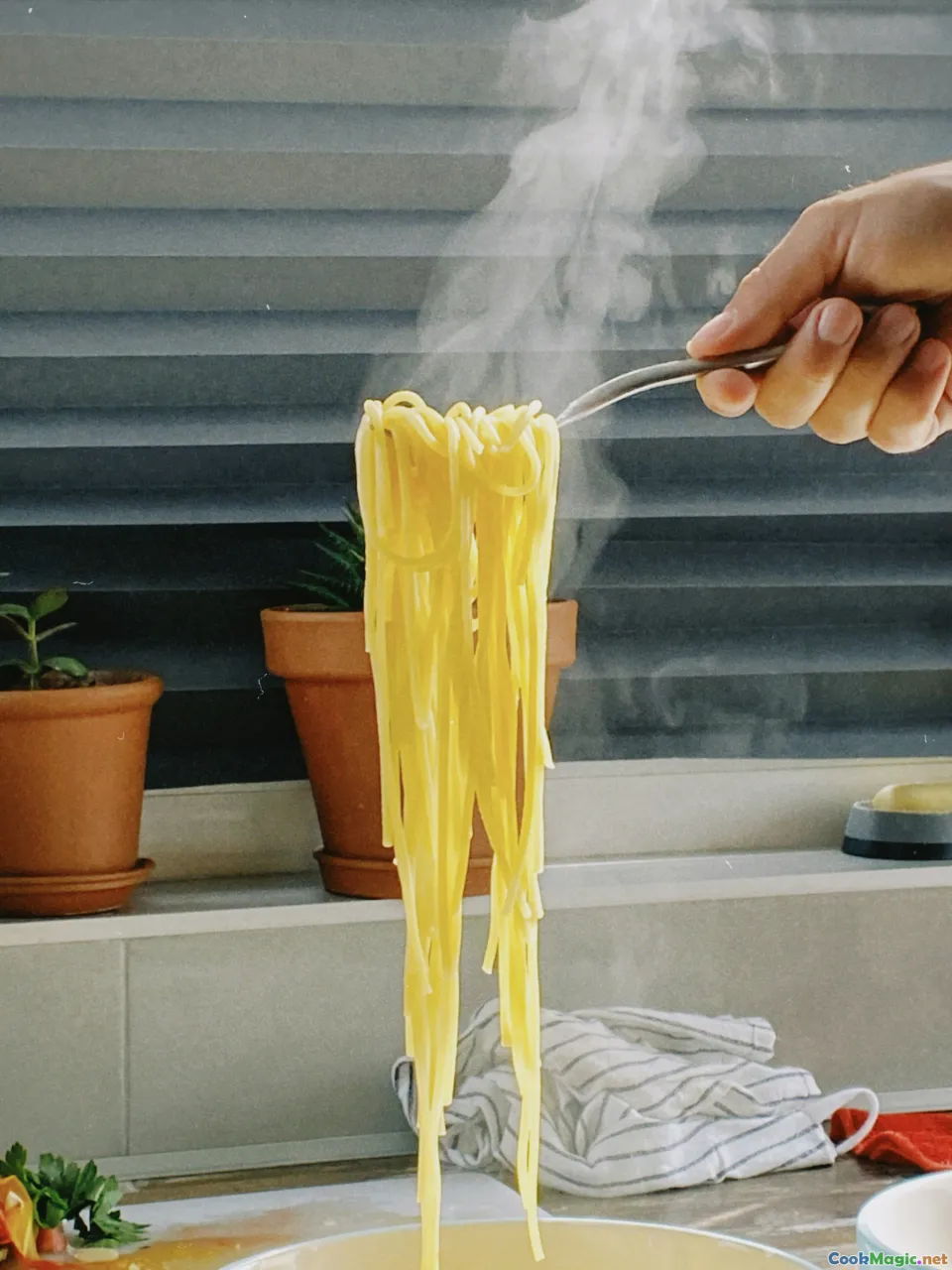
Besbarmak—literally “five fingers”—is the dish that gathers everyone’s hands to the table. Horsemeat is one of its most celebratory foundations, and during festivals it often takes center stage.
The method is deceptively simple. You begin with meat—qazy to perfume the pot, plus chunks of horse shoulder or rump, and sometimes accompanying mutton to round out the broth. The pot is large, the water cold; you bring it to a low, respectful simmer, skimming foam and remembering that clarity is kindness. Salt and whole peppercorns; an onion or two, halved; maybe a bay leaf if your family likes that Russian echo. Time is the main ingredient—3 hours is a whisper, 4 to 5 turns the broth into a blanket.
Meanwhile, you make the noodles: knead a simple dough of flour, eggs, water, and salt until it’s supple; roll it thin; cut into broad sheets or diamonds. The noodles are cooked at the last moment in the broth—just enough to go tender yet sturdy. They’re lifted out and slicked with a ladle of broth and a smear of butter or rendered fat so they shimmer on the platter.
Assembly is theater. The noodles form the first layer. On top, the meat is arranged: qazy slices in proud moons, chunks of meat pulled into generous bites, some bones for luck and tradition. A quick toss of onions, thinly sliced and tamed in a splash of hot broth, is scattered over the top. Parsley or dill, if you like the green glint.
And then—the sorpa ritual. The broth, strained and shimmering, is poured into bowls. Traditionally, the first bowl goes to the eldest, hot and aromatic, a gesture of respect, a warm gift for the inside. The taste of sorpa is the taste of the day’s labor and generosity—clean, beef-adjacent but sweeter, with a sheen that paints the lips. Drink it between bites, let it reset everything. With besbarmak you eat not with your fork but with your fingers, picking up meat and noodle, pressing a blush of onion against it, and feeding it to your mouth as if you were feeding a memory.
Nauryz: The Spring Festival and Its Feasting

Nauryz is the Kazakh new year, a celebration of spring’s return. In Almaty, the main boulevards transform into parades of color—embroidered coats, yurts raised in parks, music winding through the apricot-blossom air. In villages, the transformation is quieter but just as profound: courtyards are swept, stalls scrubbed, kettles polished until they catch the morning sun.
Nauryz feasts are a tapestry of old and new. Nauryz kozhe, the seven-grain soup that symbolizes abundance, sits alongside platters of horsemeat specialties. After winter’s preserved meats, spring brings a newness of flavor too—the first sour milk of the season for fresh kumis, crisp radishes, wild greens, chives. It is common during Nauryz to honor guests and elders with the choicest pieces from the horse: sections of rib sausage, the richest slices of zhaya. Music, games, and horse competitions fill the day; the table becomes a staging ground for connection.
At a Nauryz feast I was invited to near Kokshetau, the host lifted a rope of qazy that had been hanging in smoke all winter. He cradled it like a baby. The sausage went into the pot with a handful of onions; the kitchen smelled like campfire and sweetness. When we ate, every face flushed. There’s an alchemy to this kind of eating: the cold finally leaving your bones, the sunlight finally landing warm, the broth running through you like a promise kept.
Markets and Makers: Where Tradition Lives

To understand a cuisine, go to its markets. In Almaty’s Green Bazaar, under the high metal trusses, rows of butchers display horsemeat in sculptural relief: sausages hung like garlands; slabs of zhaya stacked like leather-bound books; neat bundles of fat tied with twine. Watch for labels: “Қазы” (qazy), “Жая” (zhaya), “Қарта” (karta), “Шұжық” (shuzhyk). The vendors will talk if you ask. They’ll tell you how long the meat dried, what wood smoked it, whether this qazy is rib-heavy or fat-forward.
In Astana, you’ll find horsemeat at the municipal markets and specialty shops. In regional towns—Shymkent, Karaganda, Petropavl—you can stumble upon small producers whose entire reputation rests on a single sausage. In one stall, an elderly butcher showed me two ropes of qazy: one cured in the dry winds of winter, one smoked low and long over applewood. He pressed them into my hands, a tactile lesson. The winter-cured was dense, almost glassy at the fat ridge; the smoked one felt buoyant, light.
Part of the thrill is the vocabulary of choice. Do you want zhaya that leans smoky or bare-cured? Shuzhyk with garlic or without? Karta sliced thin or thick? The best markets let you taste—just a nibble, a whisper of salt under the tongue. Buy what speaks to you and what the festival demands. The rule: plan enough for everyone to eat twice. No one should leave a Kazakh feast without a second taste.
How to Cook with Horsemeat at Home: A Practical Guide

If you’re lucky enough to source horsemeat where you live, or if you return from Kazakhstan with a suitcase scented like smoke, here’s how to treat it with respect.
Sourcing and storage:
- Fresh cuts: Look for deep red color, fine grain, and a narrow, creamy fat cap. The meat should smell sweet, not metallic.
- Cured items: Buy from reputable producers. Vacuum-packed qazy, zhaya, and shuzhyk keep well refrigerated for weeks; freeze for longer storage.
- Keep cured items wrapped in breathable paper in the fridge to prevent condensation. Slice only what you need.
Cooking basics:
- Gentle heat wins. Horsemeat is lean; it can dry out if blasted. For fresh cuts, think braises and broths; for sausages, simmer low and slow.
- Water management: Bring water to a simmer with the meat already inside; don’t drop cold sausages into boiling water—they’ll split and purge their essence.
How to simmer qazy at home:
- Rinse the rope of qazy under cool water and let it dry on a rack.
- Prick it a few times with a needle to prevent bursting.
- In a heavy pot, add the qazy and enough cool water to cover by several centimeters. Bring to a bare simmer.
- Add 1 onion, halved; 5–6 black peppercorns; 1 bay leaf (optional); and 1 tablespoon salt per 2 liters of water (adjust to taste).
- Simmer uncovered for 2–3 hours, skimming occasionally. Do not allow a rolling boil.
- Remove, rest 10 minutes, slice thickly while warm. Spoon a little broth over the slices before serving to keep them glossy.
How to prepare zhaya:
- If your zhaya is fully dried, you can steam-simmer it: soak 30 minutes in warm water, then put in a pot with fresh water, aromatics optional, and simmer gently until tender, 1–1.5 hours. Slice thinly across the grain.
- For ready-to-eat smoked zhaya, serve thin slices like prosciutto, room temperature.
Karta technique:
- Rinse well; soak if heavily salted.
- Simmer with aromatics 1.5–2 hours until a knife enters with gentle resistance.
- Cool and slice into 1 cm disks. Brush with a spoon of warm broth before plating.
Shuzhyk:
- Treat like a firm sausage: simmer 1.5–2 hours. Slice thick and serve over noodles or with mustard and pickles for a modern nod.
Beshbarmak blueprint for four:
- 1 kg mixed horsemeat (qazy plus shoulder) + optional 500 g mutton
- 1 onion per person, thinly sliced
- Noodles: 400 g flour, 2 eggs, pinch of salt, water to make a supple dough
- Simmer meats 3–4 hours; remove, reserve broth; cook noodles in broth; assemble; ladle sorpa to bowls.
Flavor pairing at home:
- Onions softened in hot broth are traditional; add thinly sliced scallions or a handful of dill for brightness.
- A spoonful of adjika or a mild mustard can complement smoked zhaya, though purists may prefer restraint.
If horsemeat is unavailable, you can replicate aspects of flavor using beef shin with a touch of sweetness—a bit of brown sugar in a brine for sausage, or a smoked paprika oil to whisper of fire—but it won’t be the same. The distinct iron-sweet clarity of horse belongs to the steppe and to its herds.
Pairings: Tea, Kumis, and Wines That Sing

Kazakh tables center talk and tea. Black tea—strong, malty, often poured into shallow bowls—cuts the richness of cured meats and resets your appetite with every sip. Green tea can work too, especially with lighter zhaya. Milk tea, salted and hot, turns sorpa into a duet, savory upon savory.
Kumis (qymyz), fermented mare’s milk, is not merely a beverage but a punctuation. It’s effervescent, tart, faintly smoky from the leather vessels it traditionally ferments in, and alive with lactic tang. With qazy, kumis lifts the sweetness and cleans the palate; with karta, it sharpens edges; with besbarmak, it turns the broth into a symphony.
Wine has a place as well, especially at cosmopolitan tables in Almaty and Astana:
- Reds with verve and acidity: Georgian Saperavi, Austrian Blaufränkisch, or a cool-climate Cabernet Franc work brilliantly with smoked zhaya and shuzhyk, their berry brightness dancing with iron-sweet meat.
- Lighter reds: Gamay (Beaujolais) is a friendly partner for qazy, bright but not pushy.
- Whites with texture: A skin-contact Rkatsiteli or a savory, lees-aged Chenin Blanc can meet sorpa’s depth without wilting.
For non-alcohol pairings, consider:
- Tart kompot of dried apricots—a sweet-sour interlude between rich bites.
- Ayran (a salted yogurt drink), especially in summer, to cool the palate after smoky meats.
Ethics, Husbandry, and Respect

Writing about horsemeat means writing about values. In Kazakhstan, respect for the animal is woven into practice. Herds graze open steppe; breeds like the Jabe are prized for their hardiness, their ability to thrive on sparse grass and convert it into milk and meat. Horses are not just food; they are kin and culture. When a horse is slaughtered for a festival, it’s often an honored act, marked by prayer and intention. Nose-to-tail usage is not a trend here; it is the default.
Sustainability, in this context, means understanding scale and season. Families maintain herds sized to pasture; animals are slaughtered as winter closes in, when fat is at its best for curing. The entire animal is valued: bones for broth; fat rendered for cooking; organs and offal preserved or consumed fresh. Even the methods—air-curing in the cold dry season, smoking over local wood—respect climate and reduce waste.
As a culinary traveler, practicing respect can look like this: ask before you photograph; understand what you’re being offered; don’t treat a culture’s staple as a spectacle; eat gratefully. If you cook horsemeat at home, source it from responsible producers who treat animals well and slaughter with dignity. Remember that on the table lies history.
A Festival Menu for Six: Timing, Texture, and Flow
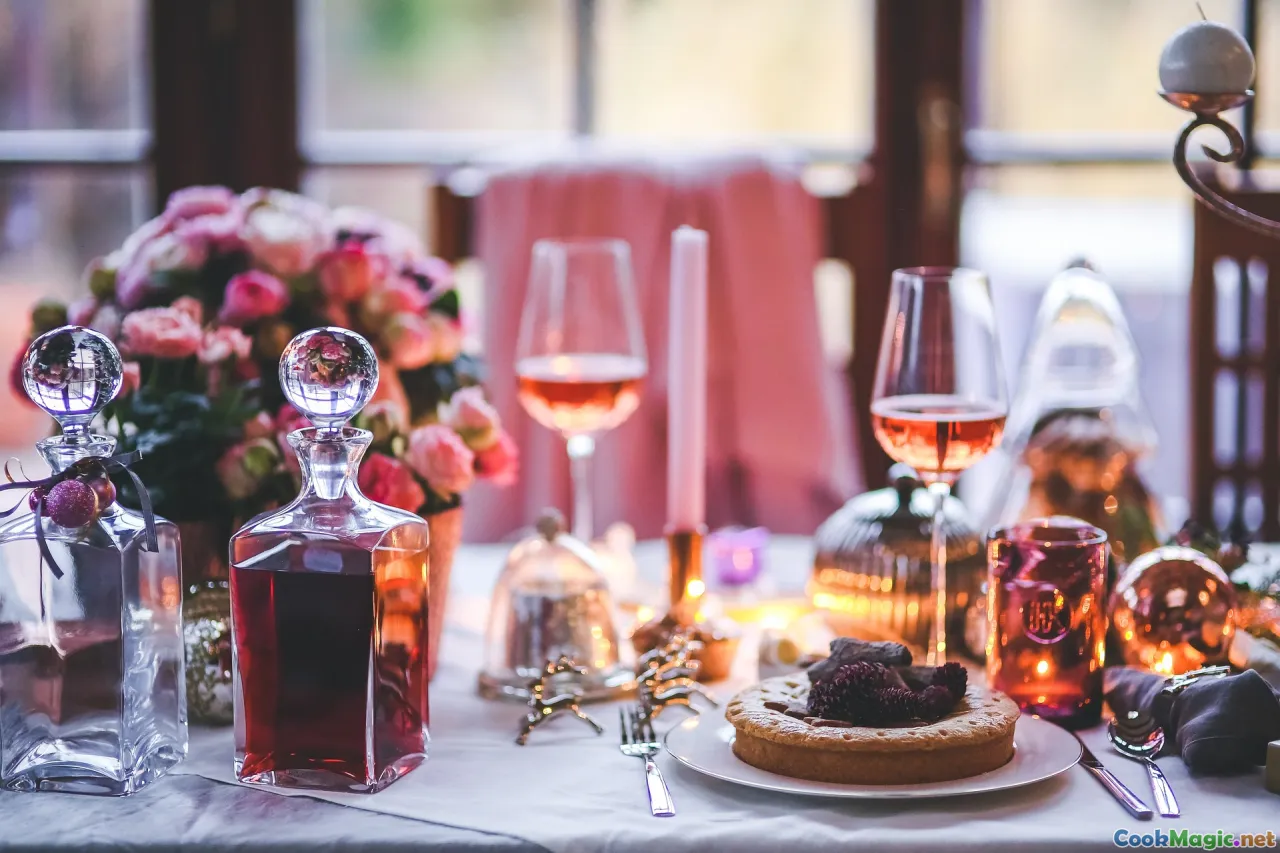
Here’s a blueprint for hosting a Kazakh-inspired horsemeat festival feast for six at home. Consider it a canvas, not a cage.
Menu:
- Welcome: Bowls of hot black tea; small plates of pickled cucumbers and tomatoes
- Centerpiece: Besbarmak with horsemeat (qazy + shoulder) and sorpa
- Charcuterie: Zhaya, shuzhyk, and karta arranged with thinly sliced onions
- Breads: Baursak piled high; warm flatbread for scooping
- Salads: Carrot-onion salad with vinegar; herb salad with dill and cilantro
- Beverage: Kumis if available; mineral water; optional red wine (Saperavi)
- Sweet: Shelpek with honey or kaymak (clotted cream); dried apricot kompot
Timeline (start the day before):
- Day -1, evening: If using dried zhaya or shuzhyk that need simmering, soak or prep according to package. Make dough for noodles and rest wrapped in the fridge.
- Day 0, morning: Begin besbarmak broth. Simmer meat 3–4 hours, skimming. Par-cook qazy separately if needed and add to pot for final hour for flavor.
- Midday: Slice zhaya and shuzhyk; prepare karta. Toss onions with hot broth to soften. Make salads. Proof dough for baursak.
- One hour before guests: Fry baursak; cook noodles in broth; set platter; strain and reheat sorpa.
- Serving: Pour tea; present charcuterie; serve sorpa to elder or guest of honor first; then bring in besbarmak.
Plating notes:
- Use a wide, flat platter for besbarmak so every guest can reach easily.
- Fan qazy slices so the crescent of fat catches the light.
- Scatter softened onions over the top just before serving; they should gleam but not swim.
Tips that save the day:
- Warm serving plates keep the fat in qazy supple.
- Have extra hot broth on the stove; add a spoon over sliced meats as needed to keep them lush.
- If kumis is new to your guests, offer small pours first; its tang grows on the palate.
A Taste Comparison: Horsemeat and Its Cousins

For culinary explorers, analogies help. Here’s how horsemeat specialties compare to more familiar charcuterie and dishes.
- Qazy vs. Coppa: Both are prized for fat-meat balance, but qazy is cooked and often smoked, with a tender chew; coppa is air-cured and eaten raw-sliced. Qazy’s sweetness is more pronounced, the smoke a welcome guest.
- Zhaya vs. Bresaola: Both are lean, elegant, and slice thin. Zhaya carries more smoke and a sweet-iron depth; bresaola leans mineral and winey.
- Shuzhyk vs. Kielbasa: Shuzhyk can be as robust as kielbasa in texture, but it’s less garlicked and often less fatty. Think cleaner lines, more linear sweetness.
- Sorpa vs. Beef Consommé: Sorpa is less filtered but no less refined, with a mouth-coating silkiness from well-rendered fat.
When you taste them side by side with their analogs, the Kazakh versions carry the stamp of climate and lifestyle—sturdier smoke, a sweeter core, a functional honesty. They are foods that solve real problems (how to feed a mobile family through winter) and then cross into celebration when the season turns.
Story from the Steppe: Learning to Slice Qazy
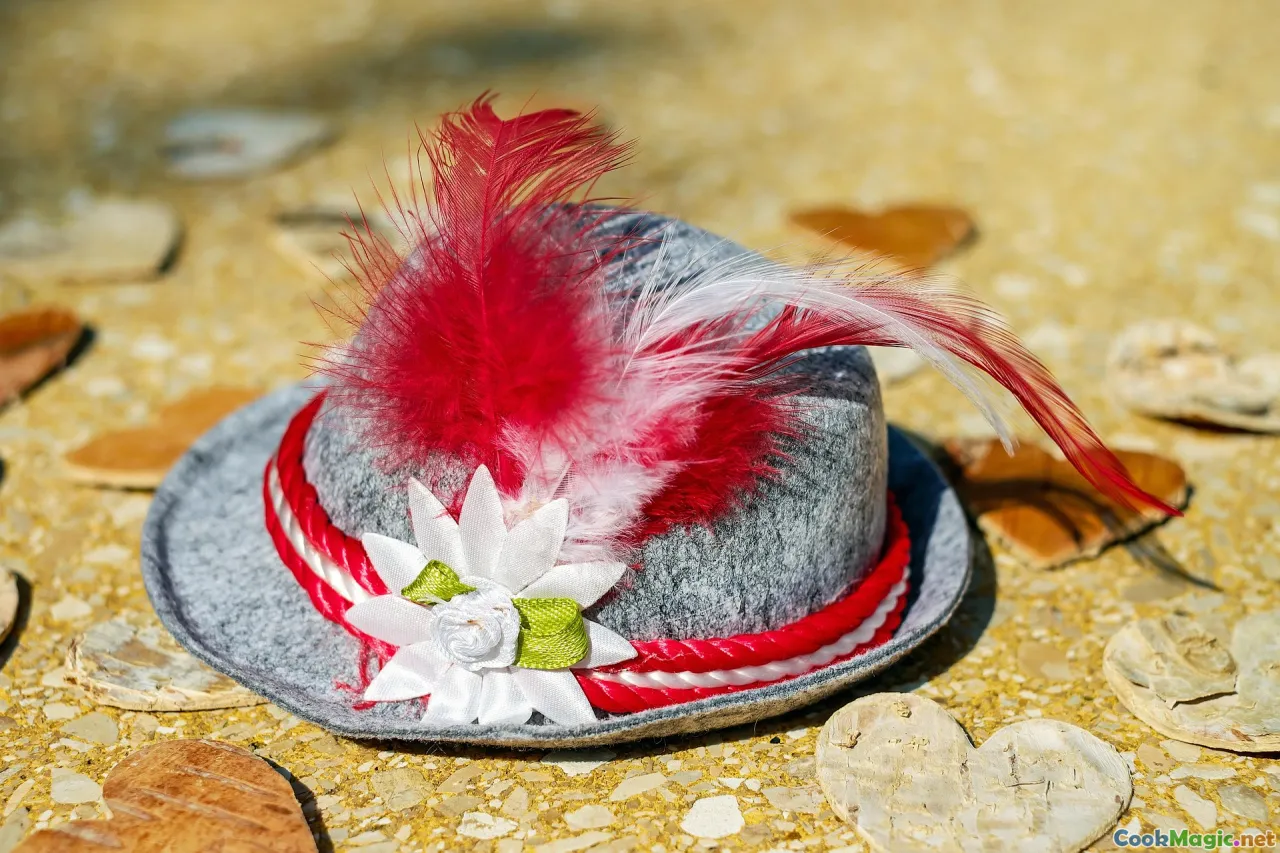
On the second day of a village festival near Karaganda, I found myself in a courtyard lit by hard sun. A table had been set up outside, its surface a mosaic of knife marks. An older woman—everyone called her Apa—put a rope of qazy on the board. The casing gleamed, blackish-brown and taut, the smell of smoke and pepper lifting on the heat.
“Thin, but not too thin,” she said, handing me a knife. “You want the fat to hold, not to smear.” She steadied the sausage with her palm and showed me how to slice at a slight diagonal, exposing more of the marbling. The blade met the skin with a small pop, then slid. The first slice fell warm and trembling. I took a taste—smoke, butter, iron, a whiff of garlic, the skin snapping like a whisper of ice.
As we worked, a cousin came by with a bowl of sorpa and said, “For the guests.” He nodded to me and poured a half ladle over the sliced qazy. Apa smiled approvingly. “It shines,” she said. And it did—the coins gleaming like polished wood. That plate went straight to the elders. The next platter we dressed with onions and dill. “For the young,” she winked. Taste has rank here, not to exclude but to include everyone in a pattern of giving.
I think of that slicing lesson when I cut anything precious now. Thin, but not too thin. Enough to shine.
Glossary: Kazakh Horsemeat Words Worth Knowing

- Qazy (Қазы): The regal horse rib sausage, cured and simmered, often smoked. Sliced into warm coins for feasts.
- Zhaya (Жая): Cured and sometimes smoked hip/rump meat, served sliced thin.
- Karta (Қарта): A delicacy made from a section of the horse’s large intestine, salted, dried, and simmered; served in spiraled disks.
- Shuzhyk (Шұжық): A general term for horse sausages, often leaner than qazy.
- Besbarmak (Бесбармақ): The national celebratory dish of meat and flat noodles, eaten with the fingers; accompanies sorpa.
- Sorpa (Сорпа): Nutrient-rich broth from simmered meat, served hot in bowls.
- Kumis/Qymyz (Қымыз): Fermented mare’s milk, sparkling and tangy, a classic pairing.
- Baursak (Баурсақ): Yeasted fried dough, light and airy, perfect for dipping and sopping.
- Dombra (Домбра): Two-stringed lute whose music often floats over feasts.
Pronunciations vary by region, but the generosity behind them translates easily: you’ll be understood if you are curious and kind.
Troubleshooting: Common Mistakes and How to Avoid Them

- Boiling qazy too hard: The casing bursts, fat leaks, flavor washes out. Keep the simmer to a gentle quiver; think hot spring, not geyser.
- Slicing zhaya cold from the fridge: The fat may be rock hard and flavors muted. Bring to room temperature for 20–30 minutes before slicing.
- Overseasoning: Kazakh horsemeat specialties carry simple seasoning. Resist heavy-handed spices that drown the sweet-iron balance.
- Neglecting broth: If you’re making besbarmak, sorpa is half the dish. Skim, season thoughtfully, and serve hot.
- Serving dry: Keep a pot of hot broth to brush over sliced meats. A spoonful restores sheen and tenderness.
Small acts of attention—heat control, slicing angle, temperature—carry a feast from good to true.
The Memory That Lingers

After the feast, when the music quieted and the children collected the last golden cubes of baursak, we stepped outside into a soft wind that tugged the scent of smoke from our clothes. The steppe spread in every direction, grass like an ocean smoothed by dusk. Inside the yurt, the platter lay mostly bare, a few coins of qazy gleaming in the lamplight, a shallow pool of sorpa sighing in the ladle. An aunt tucked a piece of zhaya into my hand with a grin: “For later. So you’ll remember.”
I do. I remember the way sorpa warmed my chest after the fifth sip, how it tasted like patience. I remember the snap and silk of qazy, the spirals of karta, the smoky hush of zhaya—the way each belonged to the other, a chorus rather than soloists. I remember the order of serving and the order of gratitude; the elder’s hands blessing the broth, the child’s laughter at the grease on his chin. Food that carries a place within it can carry you further than you expect.
In the end, a festival feast is not only the sum of its specialties. It’s a lesson in slowness, in seeking the right heat, in learning where flavor lives in the body of an animal and in the body of a community. Kazakh horsemeat specialties unveil themselves completely only when you’re patient: when you wait for the broth to clear; when you take a second piece and then pour tea for someone else; when you listen to the stories that arrive attached to every slice. And if you’re lucky, someday you’ll stand on that same steppe wind and find the smoke still in your hair, the sweetness of qazy still on your tongue, and a memory—warm and bright—still humming under your ribs like a dombra string at rest.









